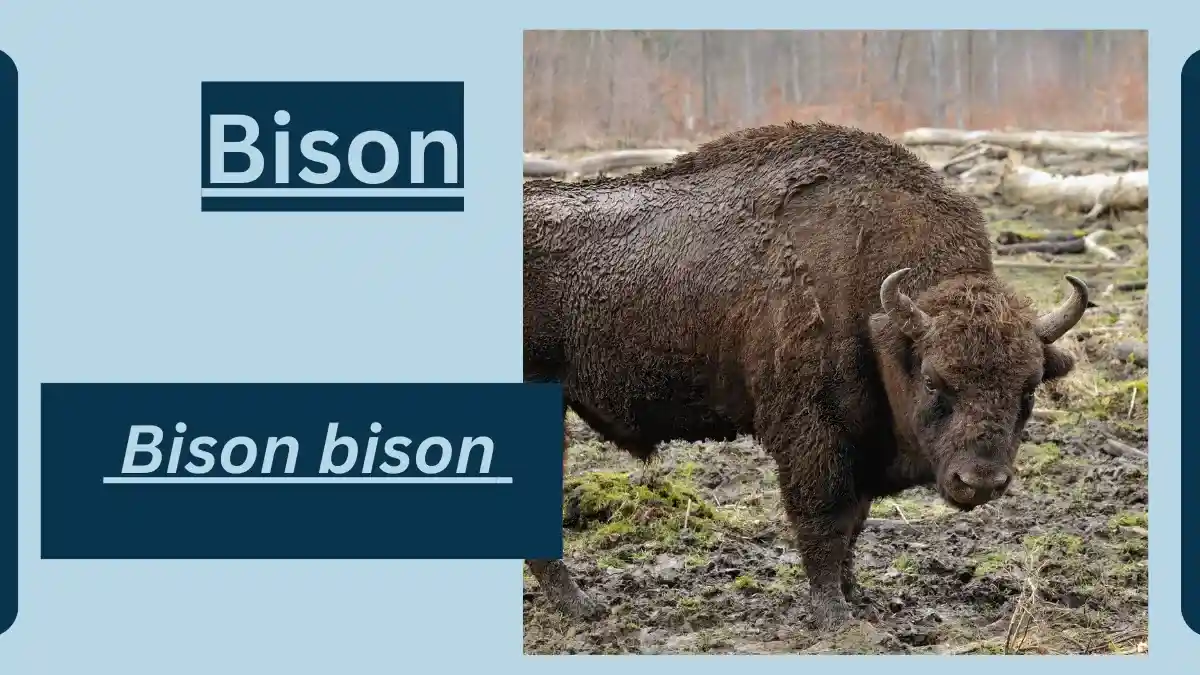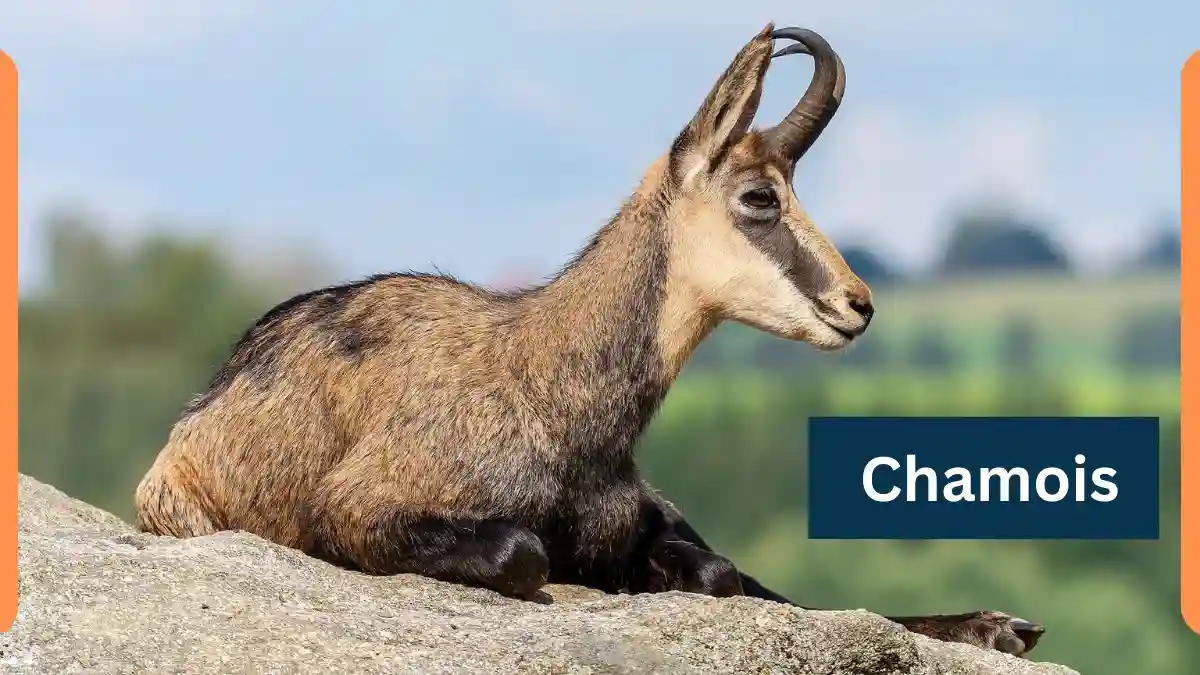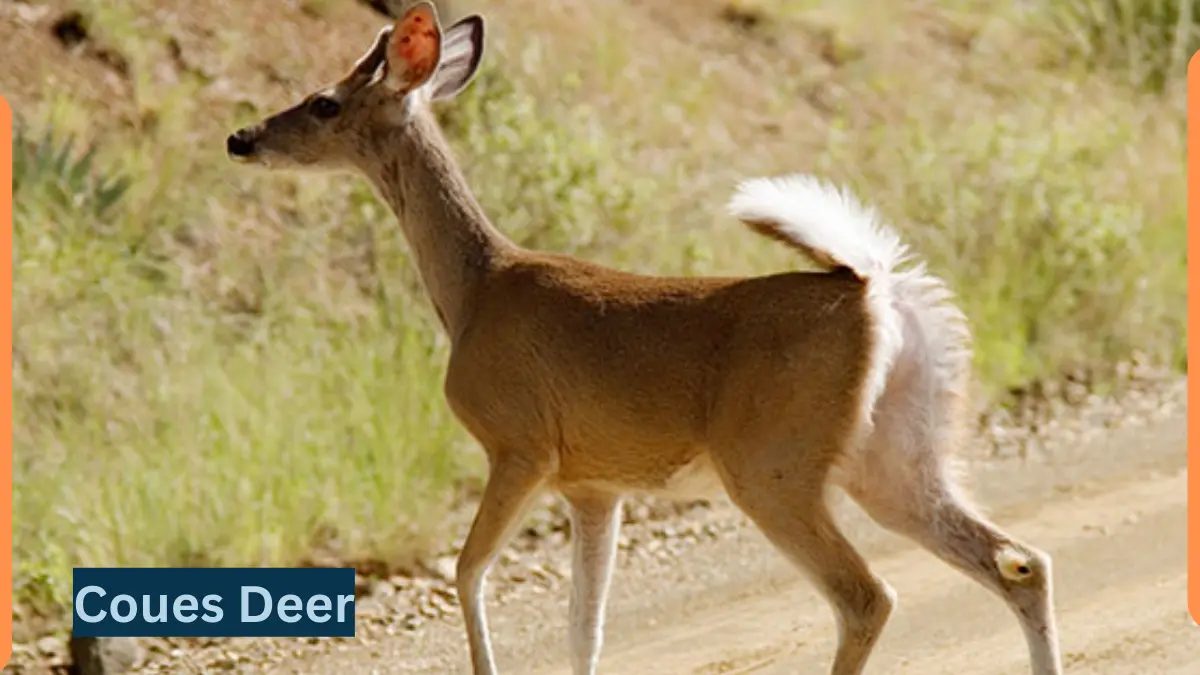Babirusa Animal Facts | Babyrousa celebensis
October 16, 2023
The Babirusa, scientifically known as Babyrousa, is a unique and intriguing species of wild pig native to various islands in Southeast Asia, particularly Indonesia.

Babirusa
Here is some information about the Babirusa:
| Scientific Classification | – Kingdom: Animalia |
| – Phylum: Chordata | |
| – Class: Mammalia | |
| – Order: Artiodactyla (Even-toed ungulates) | |
| – Family: Suidae (Pigs) | |
| – Subfamily: Babyrousinae | |
| – Genus: Babyrousa | |
| – Species: Several species, including Babyrousa celebensis and Babyrousa togeanensis | |
| Habitat and Range | Babirusas are primarily found in the tropical rainforests and swamps of several Indonesian islands, including Sulawesi, Togian, and Buru. They are adapted to living in these lush, dense environments. |
| Anatomy and Unique Features | Tusked Appearance: Babirusas are famous for their unusual and distinctive tusks. The upper canine teeth of males can grow upward and pierce through the skin and curve back towards their eyes, forming a remarkable and sometimes impractical feature. |
| Size: They are relatively small for wild pigs, with a body length of about 2.6 to 3.3 feet (80 to 100 centimeters) and a height of about 2.6 feet (80 centimeters) at the shoulder. Adult Babirusas weigh around 100 to 220 pounds (45 to 100 kilograms). | |
| Behavior and Lifestyle | Babirusas are primarily solitary animals, although they can be seen in small groups or pairs. They are omnivorous, feeding on a variety of vegetation and small animals found in their forest habitat. |
| Reproduction and Life Cycles | They reproduce sexually, with females giving birth to one or two offspring after a gestation period of approximately 150 days. The young Babirusas are born with shorter tusks, which grow as they mature. |
| Diet and Prey | Their diet consists of fruits, leaves, and small invertebrates found in the forest. Their tusks are not used for hunting but instead for display and social interactions. |
| Predators and Threats | Natural predators of Babirusas include large carnivores like tigers and crocodiles. However, their primary threats are habitat loss and hunting for their meat and tusks. |
| Interesting Facts and Features | Tusks: The Babirusa’s unique tusks are one of the most distinctive features in the animal kingdom. They can be so extreme that they appear counterproductive for feeding or self-defense. |
| – Endangered Status: Babirusas are classified as vulnerable due to habitat destruction and hunting. Conservation efforts are crucial for their survival. | |
| Relationship with Humans | Babirusas have been hunted for their meat and tusks by local communities. They have cultural significance in some Indonesian regions, but conservation measures are necessary to protect their populations. |
| Conservation Status and Life Today | Due to habitat loss and hunting, Babirusas are considered vulnerable, and their populations are declining. Conservation initiatives aim to protect their natural habitats and raise awareness about their unique status. |
File Under:







Leave a Reply